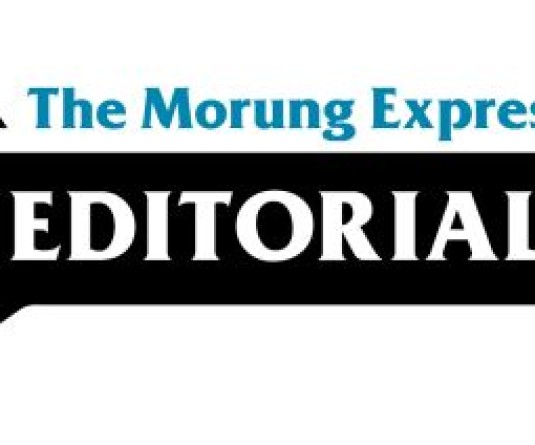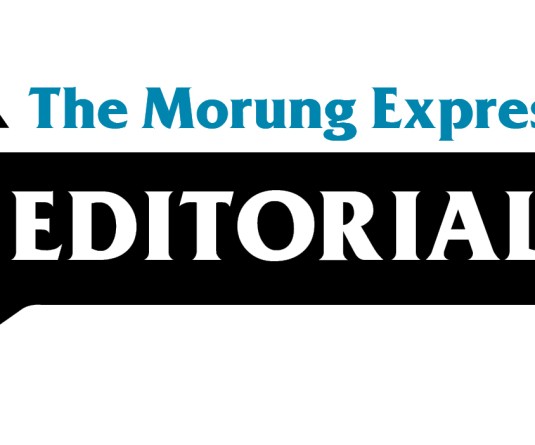
Dimapur city is known for its enterprise being the commercial capital of Nagaland state; however, it is also overwhelmed by persistent traffic jam. The severity of traffic congestion in Dimapur city has increased in the recent years. Traffic movements are at the slowest pace resulting in intolerable increase of travel delay. Roads are getting heavily congested with network of private transportation, auto-rickshaws and two-wheelers contributing to the staggering jam. And at the same time, the lack of proportionate road expansion and alternative infrastructure has only amplified the problem.
Despite the fact that traffic congestion prevention has made some progress, Dimapur still struggles to deal with it effectively. The daily ordeal of navigating through narrow and congested roads wastes time and fuels frustration. While it is easy to blame the traffic police or the traffic management systems, the root causes of this crisis run deeper. Public polls and reports have repeatedly highlighted the lack of traffic regulations, the need for stricter enforcement and the challenges faced by traffic personnel. To be practical, the possibility of expanding the road without changing the structure of Dimapur city will require smart engineering, if not a miracle.
The rapid population growth in Dimapur has undoubtedly contributed to the traffic woes. Owning a private vehicle is no longer a luxury but a necessity for many, while auto-rickshaws remain a preferred mode of transport due to the region’s climatic conditions. However, the attitude of citizens also plays a significant role. Many commuters describe Dimapur’s traffic management as poor, citing a lack of basic road etiquette and traffic rules. Overtaking from the wrong side, parking on the wrong lane, not using the signal indicators etc are some of the most common mistakes seen in the roads of Dimapur.
While identifying the problems is essential, it is equally important to focus on solutions. Simply talking about the problem and the cause without conveying the solution and respond is an unhelpful indicator.
Dimapur’s traffic crisis is a complex issue that demands immediate and collaborative action. While authorities must prioritise infrastructure development and effective traffic management, citizens must also embrace responsibility and accountability. Addressing Dimapur’s traffic congestion requires a concerted effort from policymakers, authorities and citizens alike. Those in positions of power must demonstrate a resolute commitment to finding well-researched, proven solutions tailored to the city’s unique challenges. Learning from successful traffic management strategies in other cities could provide valuable insights. The impact of health and environment due to lasting traffic congestions is often neglected. Awareness and discourse has to be initiated to create mass consciousness on danger of pollution, accidents and related hazards. The idling vehicles contribute to air pollution, while the stress and delays take a toll on commuters’ well-being. Raising awareness about these dangers and initiating public discourse on the hazards of pollution and accidents is crucial.
Citizens, too, have a role to play. By adhering to traffic rules, practicing safe driving and adopting a more disciplined approach on the roads, individuals can contribute significantly to easing the congestion. To be part of the solution, people who drive frequently can mostly help by simply following the traffic rules and right driving method.
Comments can be sent to akangjungla@gmail.com





